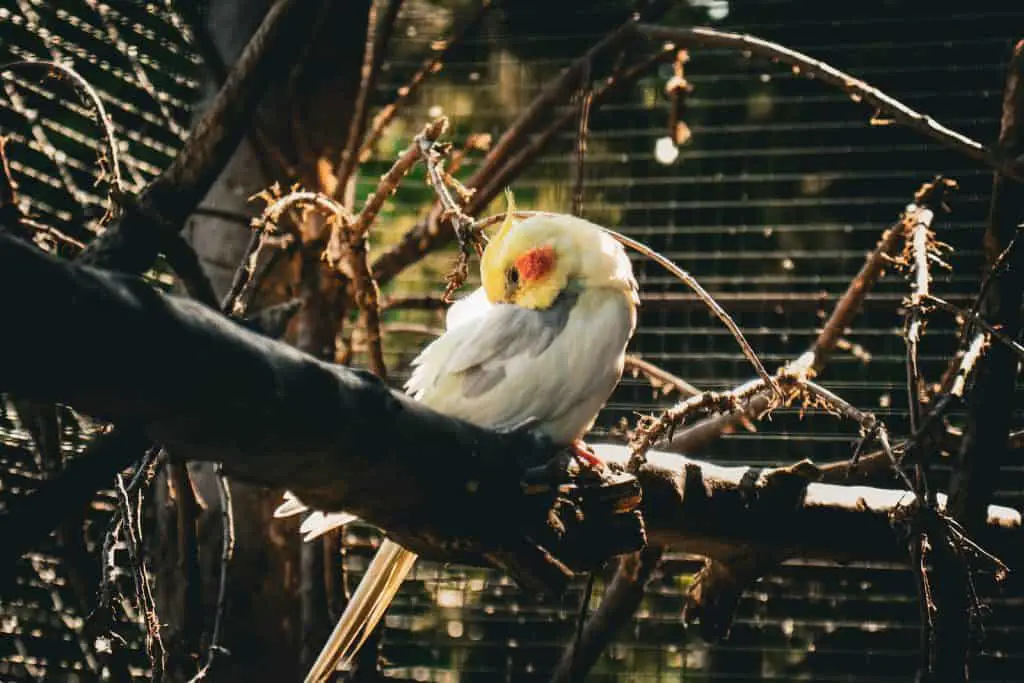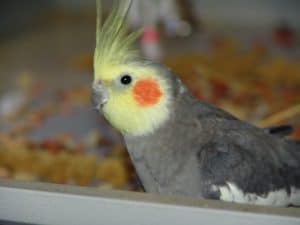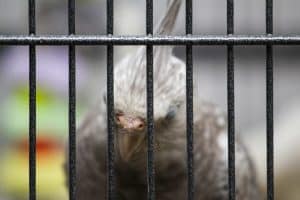Cockatiels are known for being one of the most talkative and interactive pet birds. But how much do you really know about these social creatures?Which cockatiel talks? Are all cockatiels able to talk, or just some? How can you foster a talking cockatiel? In this blog post, we’ll unlock the truth behind which cockatiels are best at talking and how to help them develop their vocal abilities. From understanding their speech capabilities to providing the right environment, learn everything there is to know about unlocking your cockatiel’s ability to speak!
Overview of Cockatiels and their Talkativeness
Cockatiels are small parrots native to Australia and the surrounding islands. They have a variety of colors, including gray, white, yellow, and orange. Cockatiels are renowned for their outgoing personalities; in particular, they often bond closely with humans and can develop strong vocabularies.
Which cockatiel talks?
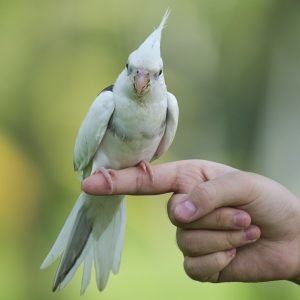
All cockatiels are able to talk, but not all will be equally as chatty. Some cockatiels may learn more words and phrases than others, depending on their environment and how much attention they receive from their owners. Generally speaking, male cockatiels tend to be better at talking than females, although both genders have the potential to be vocal.
Cockatiels are charming birds with a lot to say! Encouraging your pet bird to talk is relatively easy, as long as you take the time to show them that you care.
Understanding the Speech Capabilities of Different Types of Cockatiels
The type of cockatiel you have may also affect its speech capabilities. For instance, lutino cockatiels are known for being more talkative than other varieties. Pied cockatiels, however, tend to be fairly quiet and won’t pick up as many words or phrases.
Female cockatiels talk less than males, with the exception of pied cockatiels. They can mimic sounds, but their vocalizations will be less clear than their male counterparts. Females tend to be more content with chirping and whistling rather than learning words.
A male cockatiel possesses greater speech capabilities than their female counterparts. They are able to pick up on more words, mimic more sounds, and use a wider range of vocalizations in order to communicate.
How to Encourage Your Cockatiel to Talk
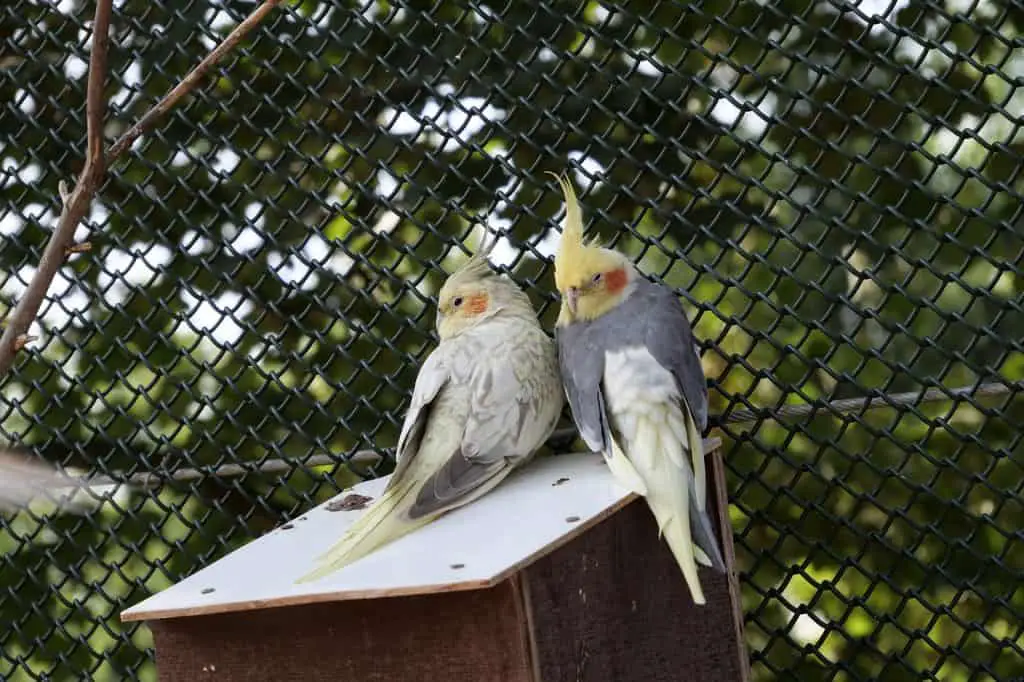
If you want your cockatiel to be more talkative, there are a few things you can do:
1. Spend time with your bird – The more time you spend talking and interacting with your cockatiel, the more likely they are to mimic words.
2. Talk slowly – Speak clearly and slowly so your cockatiel can better understand what you’re saying.
3. Repeat words – Regularly repeating the same words or phrases will help your cockatiel learn them faster.
4. Play “games” – Encourage your cockatiel to talk by engaging in games like answering questions or saying specific phrases.
5. Provide positive reinforcement – Whenever your bird says a word correctly, give it a treat or some other form of positive reinforcement. This will help them to associate talking with rewards and will encourage them to continue developing their language skills.
By providing your cockatiel with the right environment and tools, you can help them become more talkative. With patience and practice, you may even be able to have conversations with your pet!
Creating an Environment Conducive to Speaking
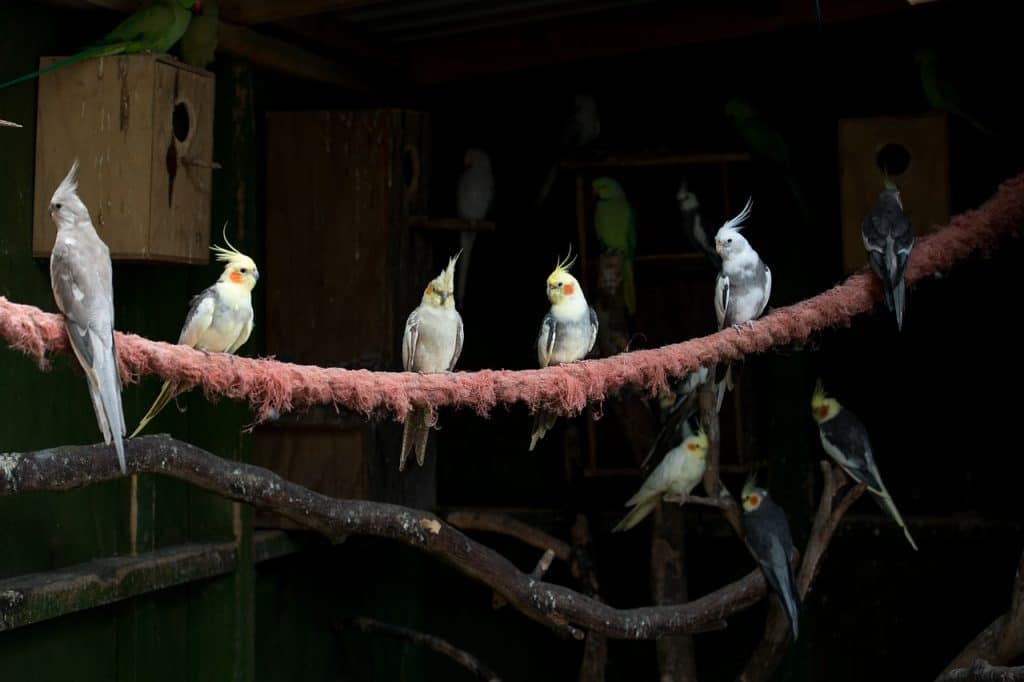
In addition to interacting with your bird and providing positive reinforcement, there are other factors that can influence how talkative they become. For instance, cockatiels need an environment where they feel safe and comfortable in order to be encouraged to vocalize. Make sure the cage is not too small and that it’s placed in a quiet area with minimal distractions.
Cockatiels also need a steady diet of nutritious food and plenty of time spent out of the cage in order to stay healthy and active. This will help them develop their language skills and boost their confidence when speaking.
Finally, it’s important to create an environment where your cockatiel can practice talking without fear of being judged. This means providing a space where your bird can sing and practice their words in peace, without any pressure from you or other birds.
Teaching Your Cockatiel Words and Phrases
Once you’ve created an environment conducive to learning, it’s time to start teaching your cockatiel words and phrases. Start with simple one or two-syllable words like “hello,” “goodbye,” or “come here.” As your bird gets better at these words, gradually introduce longer and more complex phrases.
It is normal for birds to mimic human words and whistles. If you’re looking for a cockatiel that could start talking on its own, then opt for male birds. These feathered friends are sure to bring delight into your life through their beautiful songs and interactive conversations! Male cockatiels are renowned to be more vocal and have the ability to deliver clearer sounds compared to female ones. Additionally, they can be trained much easier than their counterparts when it comes to talking and singing.
Common Challenges with Teaching Your Pet Bird to Speak
Despite your best efforts, there may be times when your cockatiel simply won’t talk. This is normal and doesn’t necessarily reflect on you as an owner. Some birds are naturally more vocal than others, or they may not have been exposed to enough language during their formative years.
Another challenge is that some birds may become frustrated or overwhelmed by their inability to “speak”. In these cases, it’s best to back off and give your pet time to adjust before trying again.
Lastly, it can take a long time for your cockatiel to learn words and phrases. Don’t get discouraged if your bird doesn’t seem to be making any progress.
In conclusion, teaching a pet cockatiel to talk is an achievable goal that requires dedication and patience. By providing a supportive environment, engaging in “conversations” with your bird, and providing positive reinforcement, you can help your pet learn to speak.
